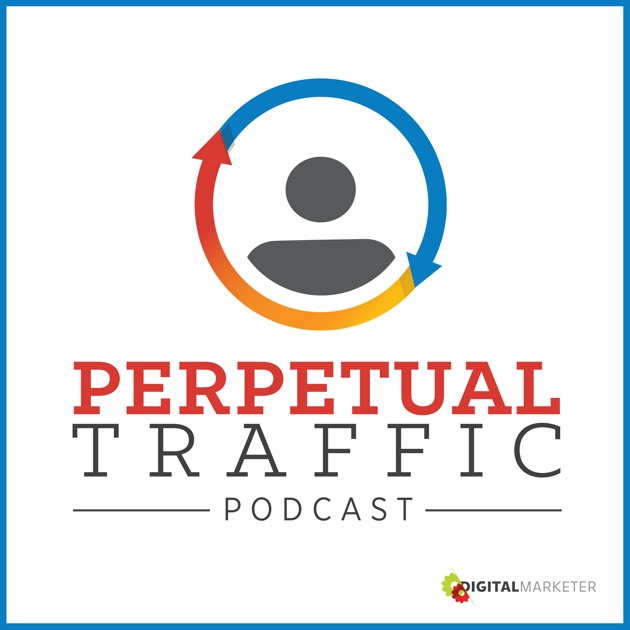Want to get more engagement on Instagram Stories? Me too, girl. Me too. Instagram Stories are a fun and effective way to engage with your audience. Only about 10% of your following will actually see your static posts, so bumping up Stories is a great way to keep your audience engaged. Over 500 million users are watching Instagram Stories every day. That’s a lot of potential followers. Today I’m sharing some of the best strategies to getting more views and boosting your overall engagement on Instagram Stories.
- Make your stories a STORY. Create slides that have a clear beginning, middle, and end. This will help your stories have a clear purpose and likely keep viewers engaged til the very end. Make your stories unique.
- Don’t repost the same content you’ve shared everywhere else. Mix it up and give your audience a reason to watch. My favorite things to share on Stories include behind-the-scenes of what I do. Not only does this help my audience get to know me, it shows potential clients the projects that I’m working on.
- Know what content resonates with your audience. Figuring out what your followers enjoy seeing the most will really pay off when it comes to views and engagement levels. Use your analytics to learn about your top-performing content to tailor what you post. Make sure to look at both views and exit rates.
- Collaborate with other brands and users. Whether you host an Instagram takeover or lead an Instagram Live with a friend, collaborations are a great way to capture the attention of more than just your own audience. It also mixes things up for your audience and keeps things fresh. Make sure the partnership is mutually beneficial and something both your audiences will like.
- Use hashtags in Stories to increase your reach. Not many people realize that you can add hashtags to your stories. This will increase the chance your content is discovered by new audiences. When people are searching for a hashtag on Instagram, they’ll be able to view current, real-time stories on that hashtag’s page. Heads up! You can add up to 10 hashtags to a Story or include one using the Hashtag Sticker. Don’t want your Stories to appear cluttered? Hid them behind GIFs or change the text color so it blends with the background.
- Repost user-generated content (UGC). For brands, sharing UGC is an easy way to expose your audience to how customers are using your product or service. Not only do people like seeing content shared by others’, but the original poster will get credit for the content that they’ve shared. In addition, when you let your audience know that you share UGC, your followers are more likely to share content about your product.
- Use the Poll Sticker. The poll sticker is a great way to let your followers share their opinions — which people just love to do! On top of this, the poll sticker will also allow you to gain insights on your followers likes and dislikes. You can use this voting sticker to learn what your audience wants to see what type of content they like best.
- Use the Quiz Sticker. Both brands and personal accounts can use the quiz sticker to educate their followers on their products, service, or anything else you want them to know. Use this as a teaching tool so your audience can get to know you better.
- Use GIF Stickers. No matter what you’re sharing, there’s bound to be a GIF to accessorize your post. Use these as a means of added entertainment or a way to subtly encourage an action on your post. Stick with one or two as to not overload the text.
- Use the Questions Sticker. I love the Questions Sticker to get feedback from the audience. Simply ask for their thoughts or opinions — whatever it is you’re looking for! It’s a surefire way to help engage with your audience on a deeper level.
- Add a Location Sticker to reach wider audiences. Just like location tags on static posts, when you tag a location on Stories, your story will appear in the public feed for that location. This is a great sticker to use if you’re hosting a live event or looking to drive traffic to a new storefront
- Reply to your DMs. Seems like a no brainer, right? If you have a larger following, this can be a lot of work, but it’s so worth it. Not only will your followers find you more helpful and engaged, but it feels more genuine. At the very least, double tap to like their comment, but do respond if you have the time. It’s so important to spend time on those who have also spent time messaging you.
Remember, social media is all about building relationships. Interacting with your followers shows that there’s a real person behind the account. Listen, respond, engage.

 Marketing School with Neil Patel & Eric Siu – These guys know their stuff. All of the episodes are quick listens (10 min or less) and focus on all things digital marketing. They talk about SEO, Facebook and Google ads, social media trends, and building email lists. If you don’t have a ton of time to dedicate to podcasts, this should be your #1.
Marketing School with Neil Patel & Eric Siu – These guys know their stuff. All of the episodes are quick listens (10 min or less) and focus on all things digital marketing. They talk about SEO, Facebook and Google ads, social media trends, and building email lists. If you don’t have a ton of time to dedicate to podcasts, this should be your #1.
 The Science of Social Media by Buffer – This podcast is produced by the people behind Buffer, the social media scheduling tool. It’s another short 15-minute or so podcast that covers social media insights, experimentation, and inspiration. This one is my favorite for its tips & tricks.
The Science of Social Media by Buffer – This podcast is produced by the people behind Buffer, the social media scheduling tool. It’s another short 15-minute or so podcast that covers social media insights, experimentation, and inspiration. This one is my favorite for its tips & tricks.
 Perpetual Traffic Podcast – This podcast has a heavy focus on paid traffic, scaling your business, and targeting the right audiences with ads. You’ll learn about email funnels, landing pages, Facebook ads, and blog traffic. I find myself skipping over about half of these if they don’t apply to my business, but every now and then there’s a gem that’s so worth subscribing.
Perpetual Traffic Podcast – This podcast has a heavy focus on paid traffic, scaling your business, and targeting the right audiences with ads. You’ll learn about email funnels, landing pages, Facebook ads, and blog traffic. I find myself skipping over about half of these if they don’t apply to my business, but every now and then there’s a gem that’s so worth subscribing.

 Copyblogger – I do a ton of writing, so I enjoy this one more than most people would. They’re pretty quick episodes that focus on copywriting, email marketing, and content. If you want to learn how to make words work for you, here you go.
Copyblogger – I do a ton of writing, so I enjoy this one more than most people would. They’re pretty quick episodes that focus on copywriting, email marketing, and content. If you want to learn how to make words work for you, here you go.




